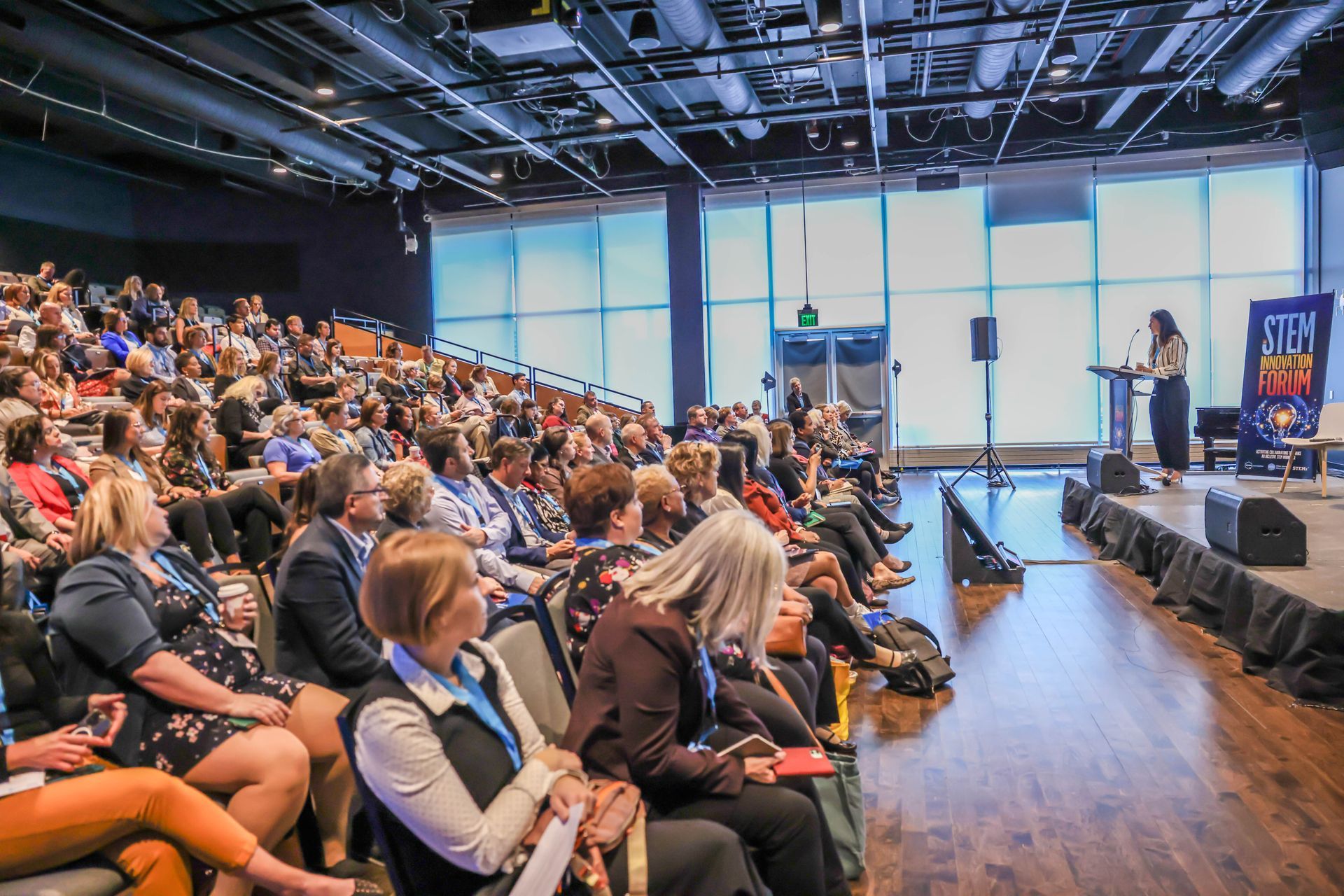Paul G. Allen and Vulcan Inc. offer DIY grants and resources
Dave Ferrero, Senior Program Officer for Education at Vulcan Inc., and his team have released project-based STEM resources for teachers and grants to incentivize early adopters. These “DIY project guides” were created by recipients of the Allen Distinguished Educator Award, a program that recognizes teachers who have developed innovative ways to teach computer science, engineering, and entrepreneurship. We wanted to know more about these resources and how they can encourage more innovative teaching and learning in K-12 classrooms.
Can you describe more about the projects, DIY Guides, grants and how these were developed?
Dave Ferrero joins us again to talk about grants for teachers (one due Sept. 5) and other resources
We’ve learned that creative and resourceful teachers are always looking for new ideas to try out with their students. When we created the Allen Distinguished Educators award we wanted not only to honor innovative teachers, but also to share their work with other teachers like them. We worked with the awardees to select projects they thought would travel well and turn them into “DIY Guides”—basically project plans with interactive “guided tours” to help teachers get started.
Teachers can now choose from eleven projects on the ADE website developed by the 2014 and 2016 cohorts of awardees. The projects are complete with interactive videos, detailed project materials, and collaborative discussion forums. Projects range from synthetic tissue design to ethnographic video game creation to arcade game engineering. We’re excited about them, which is why we’re offering micro-grants to teachers.
K-12 teachers in private, public, and charter schools are encouraged to select projects and apply for these micro-grants (up to $1,000) by Sept. 5, 2016 at 11:59 p.m. PT.
What is the purpose of DIY Guide grants from the Allen Distinguished Educators program, and how can they improve teaching and learning experiences in K-12 classrooms?
The ADE program is founded on the principles that student-directed, hands-on, and project-based learning leads to improved educational experiences for young people, regardless of geographic location, grade level, or socio-economic status. The purpose of DIY Guide grants is to accelerate early adoption of ADE-created projects and DIY materials in a diverse range of K-12 classroom settings to show that this type of teaching and learning can happen everywhere.
The grants range from $250 – $1,000 depending on the project and class size and fund the materials needed to implement the project and time needed to report back their experience. Feedback from the grantees will help us enhance the replicability of the DIY Guides.
You mentioned that teachers are encouraged to adapt these projects to suit their unique classroom environments, can you explain more about your expectations and experience when it comes to adapting these projects?
We want teachers to break, change and re-work the projects in a way that works best for them. Some of the projects were developed by teachers who have makerspaces, cutting-edge technology, or design labs, and we understand that not all teachers have access to these resources. Additionally, some projects developed for high school students can lead to great success, with the right modifications, in a third grade classroom.
Our first group of DIY Guide grantees have already produced creative adaptations to some of these projects. Annamarie Wyland, a middle school teacher from Bothell, WA, added a cardboard box prototyping to her 52-Minute Challenge project to engage students in a hands-on activity. Alaine Davis, a special education teacher from Waynesburg, PA, modified the math portion of the 53 Miles Per Burrito project to better suit the skill-level of her students. Davis also plans to use pizza instead of burritos the next time she implements this project in order to accommodate a tighter budget.
The grant deadline is coming up quickly on Monday, Sept. 5 – What are your suggestions for teachers still interested in applying for the grants?
The first thing I would say is, this is a very quick application to fill-out. It should only take 15 minutes to complete. As for the process, I recommend teachers explore projects they are interested in , and consider how they would adapt this to fit their class before applying. If they have any questions, they are welcome to reach out to the ADE program directly at info@allendistinguishededucators.org or join the discussion threads on the DIY Guide project pages.





